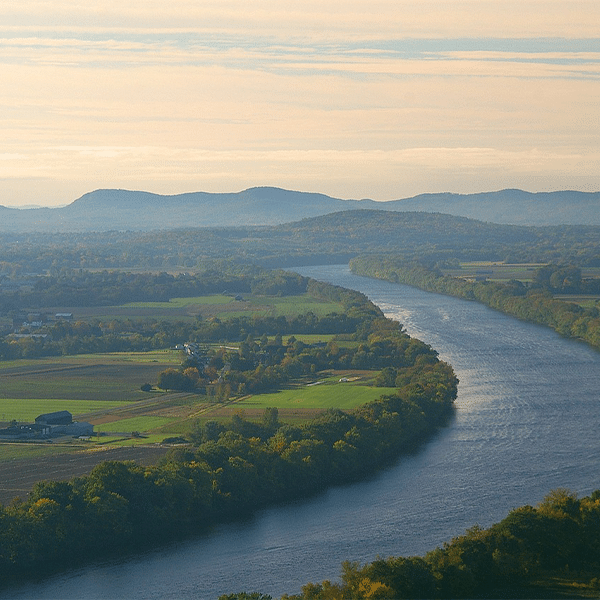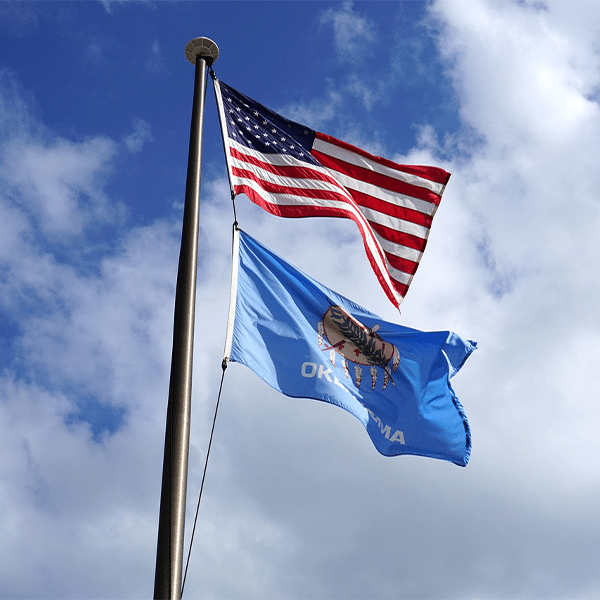AT&T added over 1 million new fiber subscribers in 2020, with 273K net adds in 4Q20 alone, the company reported today. AT&T fiber penetration now stands at 34%, up from 28% a year ago.
That’s a 21% year-over-year improvement in AT&T fiber penetration, with the company now counting 4.9 million total FTTP connections. With this momentum, the company also announced plans to increase homes passed with fiber by an additional 2 million locations in 2021.
“We had our best AT&T fiber 4th quarter net adds, even with more challenges associated with the pandemic,” said John Stephens, AT&T CFO, on today’s 4th quarter earnings conference call. “Penetration continues to grow, it’s now at 34%.”
While AT&T fiber penetration is on the rise, its legacy DSL and VDSL base is a drag on the company’s overall broadband numbers. When you add these legacy broadband customers into the mix, AT&T actually lost 2K broadband subscribers in 4Q20 and 19K for all of 2020.
While AT&T is bullish on fiber penetration, don’t expect the company to extend its fiber footprint into rural markets, even if regulatory subsidies encourage it. AT&T CEO John Stankey commented that he doesn’t see fiber as viable in rural markets to reach the remaining third of subscribers who don’t have great broadband options.
As a result, AT&T is not likely to extend fiber to its rural markets, Stankey said. This view of rural fiber probably contributed to AT&T’s absence in the recent RDOF auction.
“It’s always the hardest part, I mean in many instances, you’re still sitting with the last third that in parts of rural America that still really don’t have effective broadband options,” said Stankey on today’s call. “I actually believe, candidly, even if there was subsidy put in, it would be a better use of taxpayer money to do something that was more hybrid oriented in the technologies that are applied and not exclusively lean on fiber in that space.”
As for where AT&T will focus those additional 2 million locations to build on its fiber penetration momentum, Stephens suggested it’s more likely to be upgrading existing VDSL locations and the neighborhoods that surround them to FTTP, rather than undertaking completely new greenfield builds.
“We have fiber-to-the-neighborhood in many, many locations and taking fiber-to-the-home is the second step, we haven’t done that yet,” said Stephens. “If you think about the neighborhoods next to the VDSL, or with respect to where we have got fiber to the prem, those are the opportunities and that VDSL footprint is 35 million and when you add the fiber to it, it’s greater than that, that will give you kind of a framework for something that we can officially do.”


